About the Author
Jim Bain AM, a leader of Sydneys financial community for over forty years, was Chairman of the Sydney Stock Exchange, the Australian Associated Stock Exchanges and of Bain & Company, stockbrokers.
Jim was awarded a Membership of the Order of Australia for services to commerce, particularly at the Sydney Stock Exchange, where he led the introduction of computerised share trading, and a Centenary Medal for service to Australian Society through the arts and business.
His first book published by HarperCollins Australia in 2001, The Remarkable Roller Coaster, Forty years in the Australian Financial Industry, describes the leading role by Bain and Company in the growth of Australias financial services sector since World War II, including winning the giant Telecom loan in 1976.
His second book A Financial Tale of Two Cities, published by University of New South Wales Press in 2007, describes Sydneys and Melbournes remarkable contest to become Australias financial capital.
Now in this introductory history, inspired by the Bain familys 1644 map by the French cartographer Melchisedech Thevenot, Jim Bain shows why Australia was settled by the British and not by the Portuguese, Spanish, Dutch or French, all of whom had shown interest in the Great South Land in the period from the 1400s to the late 1700s when the British settled there.
Acknowledgements
 y thanks go to my wife Janette who read the various drafts on three or four occasions and made suggestions, adding additional material and making editorial changes. Also Paul Brunton who carefully read the draft and as well as writing the Foreword, corrected a number of names and historical dates as well as suggesting more detail be added in several places. Richard Nettleton also read a draft and made useful comments and suggestions. I am grateful to the late Helen Wallis OBE, Map Curator of the British Library from 1967 to 1987, for inspiring me to proceed with the story in this book.
y thanks go to my wife Janette who read the various drafts on three or four occasions and made suggestions, adding additional material and making editorial changes. Also Paul Brunton who carefully read the draft and as well as writing the Foreword, corrected a number of names and historical dates as well as suggesting more detail be added in several places. Richard Nettleton also read a draft and made useful comments and suggestions. I am grateful to the late Helen Wallis OBE, Map Curator of the British Library from 1967 to 1987, for inspiring me to proceed with the story in this book.
I am also indebted to the authors of the many books I used for reference material and these details are recorded under References at the end of the relevant chapters. Andy Carr in the Map Department of the State Library of New South Wales was very helpful with his advice on certain antiquarian maps referred to in this publication.
I would also like to thank Kerry Collison, the Publisher at Sid Harta Publishers, for his enthusiastic support for this my third book and Amanda Coverdale for her very careful editing of my final draft. Her suggestions on format and other details were very helpful.
Jim Bain
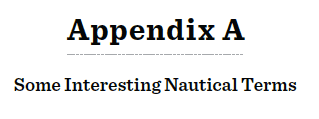
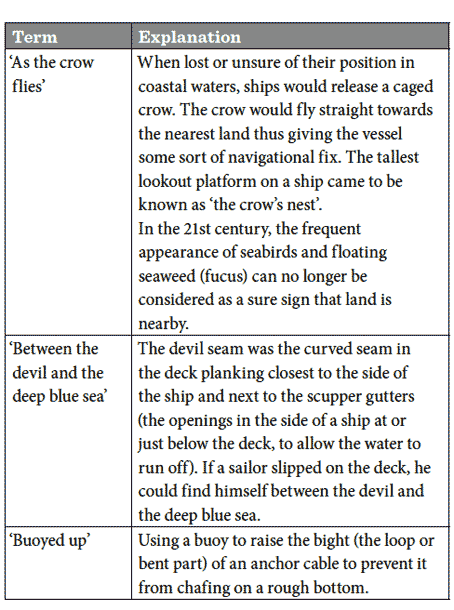
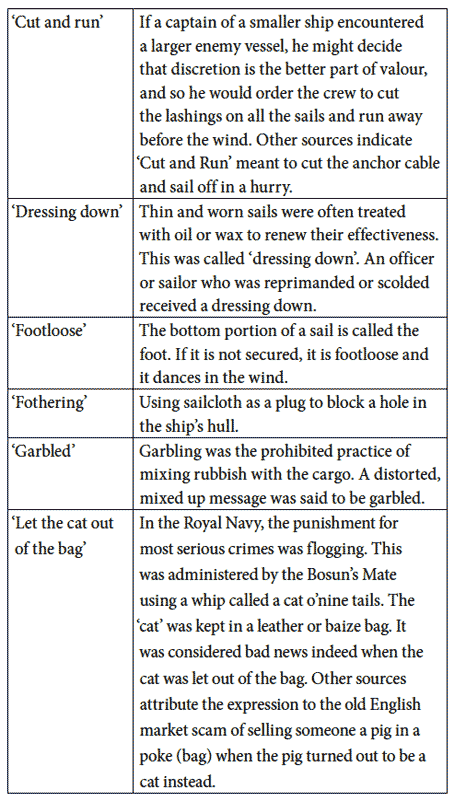
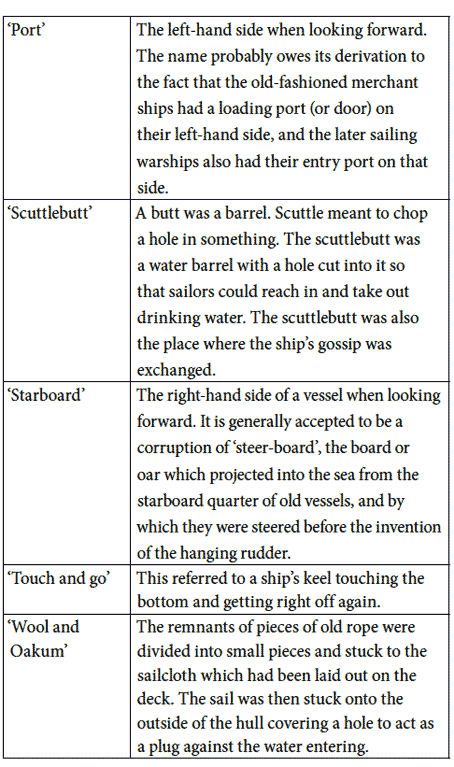

1 portable canvas house (Governor Phillip), 18 turkeys, 29 geese, 35 ducks, 122 fowls, 87 chickens, kittens, puppies, 4 mares, 2 stallions, 4 cows, 1 bull, 1 bull calf, 44 sheep, 19 goats, 32 hogs, 5 rabbits, Governor Phillips greyhounds, Reverend Johnsons cats, mill spindles with 4 crosses, 2 cases of mill bills and picks, 1 cask of mill brushes, 589 womens petticoats, 606 womens jackets, 121 womens caps, 327 pairs of womens stockings, 381 womens shifts, 250 womens handkerchiefs, 600 lbs of coarse sugar, 100 lbs of Indian sago, 1 small cask of raisins, 6 lbs of spices, 3 hogsheads of vinegar, 2 barrels of tar, 1dozen tin saucepans, 1 printing press, type fonts for printing press, 3 dozen flat iron candlesticks, 3 snuffers, 24 spinning whorls, 48 spinning brasses, 1 set of apparatus for candle-making, 7 dozen razors, Bible, Prayer Book, Communion Service, and 4 Surplice for Chaplain, 6 bullet-moulds, 9 hackles for flax, 9 hackle-pins, 3 flax-dresser brushes, 127 dozen combs, 18 coils of whale-line, 1 machine for dressing flax, with ironwork and brushes, 252 dozen lbs of cotton candles, 168 dozen lbs of mould candles, 44 tons of tallow, 2 millstones, spindles, etc., 800 sets of bedding, 1 loom for weaving canvas, 2,780 woollen jackets, 5,440 drawers, 26 marquees for married officers, 200 wood canteens, 40 camp-kettles, 448 barrels of flour, 60 bushels of seed wheat, 20 bushels of seed barley.
1 piano for Surgeon Worgan, 10 bushels of Indian seed corn, 12 baskets of garden seeds, coarse thread (blue and white) with needles, transport jack, ventilators for water and wine, hoses, windsails, carbins, bulkheads, beds, hammocks, marines clothes, fig trees, bamboos, sugar cane, quinces, apples, pears, strawberries, oak and myrtle trees, 135 tierces of beef, 165 tierces of pork, 50 puncheons of bread, 116 casks of pease, 110 firkins of butter, 8bram of rice, 10 pairs of handcuffs and instruments, 1 chest of books and sundry articles (for Henry Cabell), 5 puncheons of rum, 300 gallons of brandy, drugs etc., 15 tons of drinking water, 5 casks of oatmeal, 12 bags of rice, 140 womens hats, stationery for Commissary, 10 forges, 700 steel spades, 700 iron shovels, 700 garden hoes, 700 West Indian hoes, 700 grubbing hoes, 700 felling axes, 700 hatchets, 700 helves for felling axes, 747,000 nails, 100 pairs of hinges and hooks, 10 sets of coopers tools, 40 corn mills, 40 wheelbarrows, 12 ploughs, 30 grindstones, 330 iron pots, 6 carts, 4 timber carriages, 14 fishing nets, 14 chains for timber carriages, 5448 squares of crown glass, 200 canvas beds, 63 chaldrons of coal, 80 carpenters axes, 20 shipwrights adzes, 175 claw hammers, 175 steel hand-saws, 140 augers, 700 gimlets, 504 saw files, 300 chisels, 6 butchers knives, 100 scissors, 30 box rules, 30 pincers, 100 plains measures, 50 pickaxes, 50 helves for pickaxes, 700 wooden bowls, 700 wooden platters, 5 sets of smiths tools, 10 smiths bellows, 20 pit saws, 700 clasp-knives, 500 tin plates, 60 padlocks, 50 hayforks, 42 splitting-wedges, 8,000 fish hooks, 48 dozen lines, 8 dozen lbs of sewing twine, 10,000 bricks, 12 brickmoulds, 36 masons chisels, harness for 6 horses, 12 ox-bows, 3 sets of ox-furniture, 6 harpoons, 12 lances, shoe leather, 305 pairs of womens shoes, 40 tents for women convicts, 6 bundles of ridge-poles, 11 bundles of stand-poles, 2 chests of pins and malletts. Plants and seeds: coffee, cocoa, cotton, banana, orange, lemon, guava, tamarind, prickly pear, eugenia, ipecucuanha, and Spanish reed.
* * *
Unusual terms that appear in the above list ofArticles sent with the First Fleet to Botany BayArticle in List
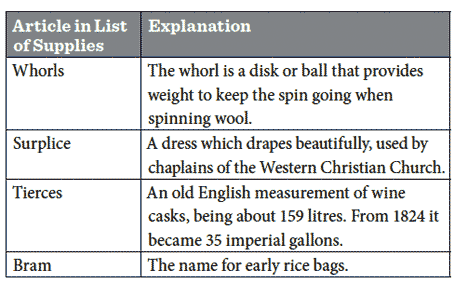
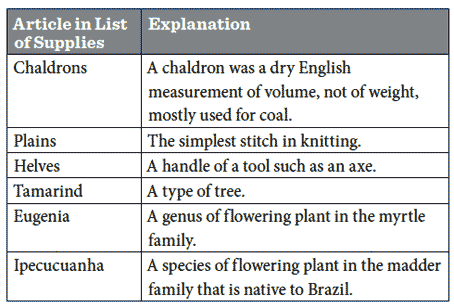

his is an explanation of the difference in numbers between those who left Portsmouth on the First Fleet and those who actually landed at Port Jackson.
During the voyage there were 22 births (13 boys and 9 girls).
A total of 69 people died, were discharged, or deserted (61 males and 8 females). From my research I have accepted the number of 1,420 people leaving Portsmouth and 1,373 arriving at Port Jackson.


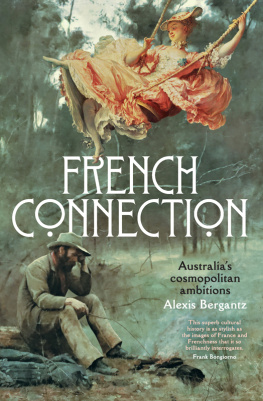

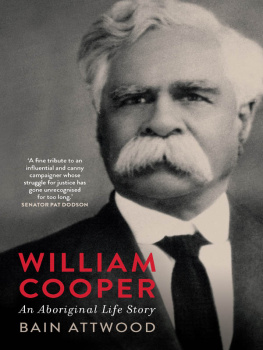
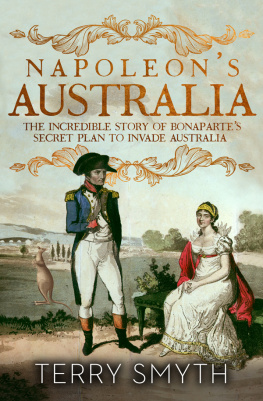
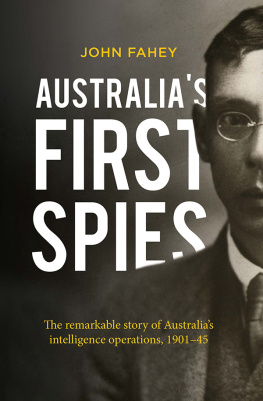
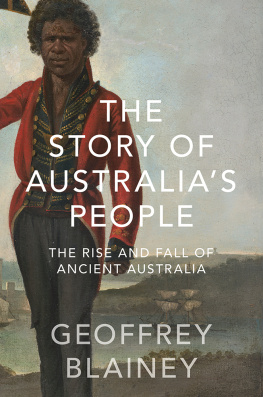
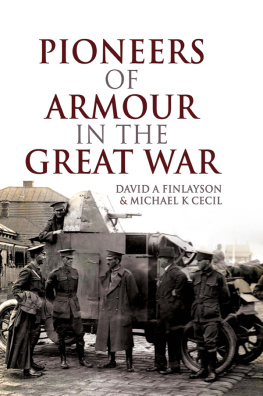
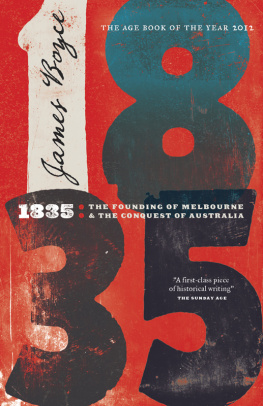

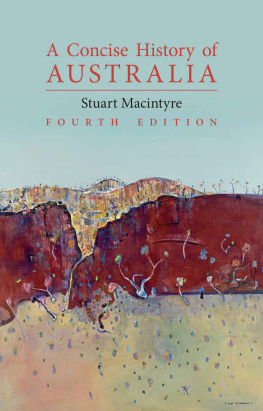
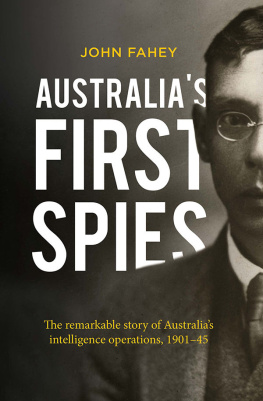
 y thanks go to my wife Janette who read the various drafts on three or four occasions and made suggestions, adding additional material and making editorial changes. Also Paul Brunton who carefully read the draft and as well as writing the Foreword, corrected a number of names and historical dates as well as suggesting more detail be added in several places. Richard Nettleton also read a draft and made useful comments and suggestions. I am grateful to the late Helen Wallis OBE, Map Curator of the British Library from 1967 to 1987, for inspiring me to proceed with the story in this book.
y thanks go to my wife Janette who read the various drafts on three or four occasions and made suggestions, adding additional material and making editorial changes. Also Paul Brunton who carefully read the draft and as well as writing the Foreword, corrected a number of names and historical dates as well as suggesting more detail be added in several places. Richard Nettleton also read a draft and made useful comments and suggestions. I am grateful to the late Helen Wallis OBE, Map Curator of the British Library from 1967 to 1987, for inspiring me to proceed with the story in this book.







